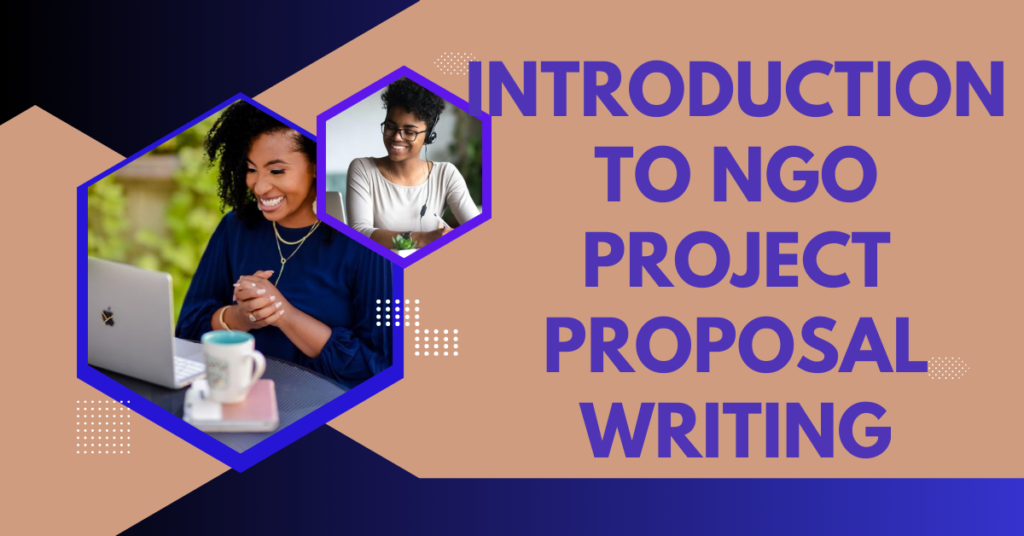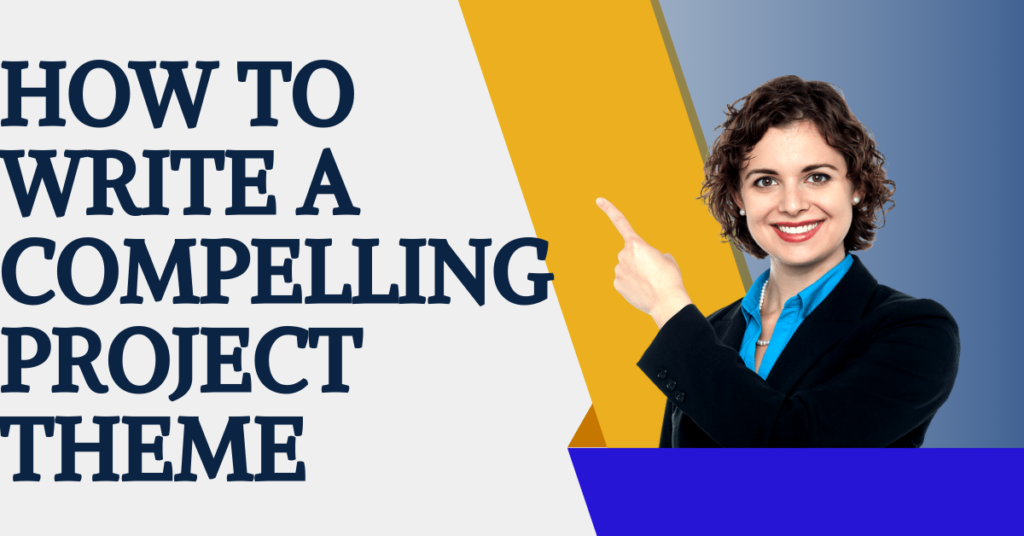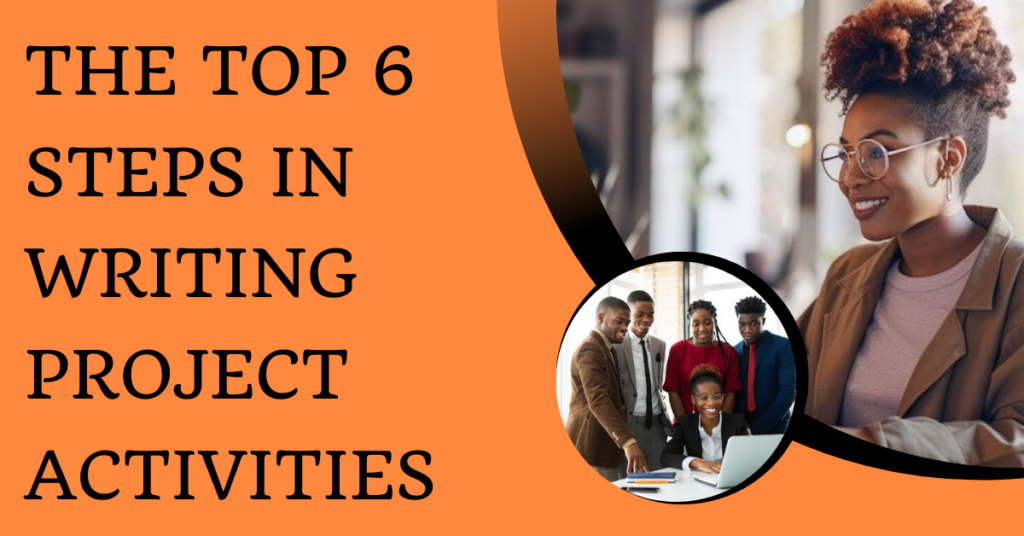
Menu
Facebook-f
Twitter
Google-plus-g
Introduction to NGO Project Proposal Writing
Welcome to the new journey of NGO project proposal writing. Starting an NGO is an exciting journey but it can turn into the roughest if you keep on writing proposals to donors and you get them bounced back due to poor proposal writing. One of the key factors that make an NGO stand out are the funds received from donors which makes the project proposal vital for an organizations’ growth and development. Therefore as professional writers, we know what it means to write an eye catching NGO project and how important is it to NGOs. Here’s a simple and brief guide to the main components of an NGO project proposal:
- Title Page: Think of this as the cover of your favorite book. Remember that sometimes, the donor might not be having enough time to read through the entire proposal. Therefore, the cover page should be attractive so that his attention can be called upon by the proposal cover page. The cover page is the first thing he looks at which will make him want to know what is inside the paper. It should include:
- The title of your project.
- Your NGO’s name.
- Date of submission.
- Executive Summary: Now, sometimes the donor might need to first read through the overview of what the project is all about and the “where, when, why, who” questions so satisfy his curiosity before diving into the details. In such scenarios is where the executive summary comes in to play that role. In short, the executive summary is the brief description of your project. It should be well arranged to catch the attention and interest of the donor. Here is how it is arranged: Summarize your project in a few paragraphs mentioning; What the project is about, Why it’s important, How you plan to do it and finally the expected results.
- Introduction: Remember that we always want to keep the attention of the donor right from the cover page. Therefore, proper attention should keep its momentum up to the end of the document. The introduction chapter consists of explanations of: The problem you want to solve, Why this problem matters, the community or group that will benefit from your project.
- Project Objectives: This is one of the core parts in an NGO project proposal. It consists of what the project is destined to achieve at the end. Therefore, this chapter should be well illustrated and rather not complex. These are the simple guidelines to do this: List your goals. What do you want to achieve?
Be specific. For example:
- Provide clean water to 500 households.
- Train 100 women in new job skills.
- Project Activities: Now that you have drawn your objectives that are precise, in this subchapter is where you explain what you are going to do to ensure that the above project objectives are met. An example is if you are in a business enterprise, your objective is to increase sales for your business. But how are you going to do that? By maybe increasing your stock levels and the intensity of advertising. So it is the same principle in this subchapter. Convince the donor and be sure that the activities structured will achieve the objectives listed in the latter subchapter. In short, describe the steps you’ll take to meet your objectives. Think of this as your action plan:
Below are the guidelines of how to do this.
- What activities will you carry out?
- Who will be involved?
- When and where will these activities happen?
- Project Timeline: The next thing the donor is interested in looking at is how long the project will last such that he should be informed about how long will it take for the project to make impact. Because most donors are interested in the impact after funding the project. To make this accurate for them; create a timeline. This is like a calendar for your project which includes; Listing the major milestones and setting deadlines for each activity.
- Budget: Among other things in an NGO project proposal, this is one of the most vital sections that donors will be interested to look through because it it what will give them a scale amount of funds that they are willing to put in your project. So first of all, let us first understand what are the qualities of a good budget?
- It should be easy to read. i.e. don’t use complex words or words that are more technical
- It should not be complex. I.e. should not be too small in frame to confuse the reader (it should occupy enough space) it is advisable that most budgets should be on a landscape paper format.
- It should be Categorical. I.e. should consist of different kinds of contributions needed in the project. Such as the in-kind contributions, donations and grants
Therefore, break down the costs and be clear about;
- How much money you need.
- What the money will be spent on (e.g., materials, salaries, training).
- Monitoring and Evaluation
In an NGO project proposal, monitoring and evaluation involves a continuous assessment of the efficiency and effectiveness of a project under implementation or has been implemented. Therefore, it is a continuous process. This means that reports have to be designed, explaining how / whether the project is fulfilling the specified goals that it was intended to achieve. In addition, when writing under this subchapter in a project proposal, remember to explain how you’ll track your progress. This is like checking your map during a journey. This involves;
- What methods will you use to monitor activities?
- How will you evaluate the success of your project?
- Sustainability: Let us start with an example: When you were young, your parents were providing you with all the needs you required for survival. But there is a stage where you reached and you had to get these needs on your own. And now you have to maintain the momentum of these needs coming to you. This is sustainability. The same applies with the sustainability of NGO projects. In this subchapter, the donor is interested in understanding how your project will sustain itself after the funds are no more. Think long-term. How will your project continue after the initial funding runs out?
- Will the community take over?
- Will there be ongoing funding sources?
This is what this subchapter entails.
- Conclusion: Now that the donor fully understands all the details of your project, he needs to be reminded why your project is important and how it will make a difference.
Remind him of other important points in the project that can attract his attention one last time.
- Appendices
Include any extra information that supports your proposal such as
- Detailed budget tables.
- Letters of support.
- Maps or diagrams.
Address List
-
Makerere Hill Road, Ham Towers -
+256-703947778 -
info@professionalwriters.shop
Social Networks
Links List
Professional Writers Inc.
Turning Ideas Into Reality
NGO Document Writing Training [Free]







